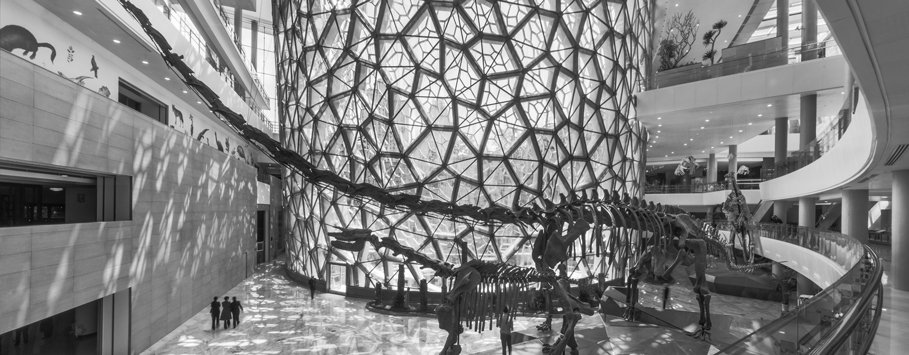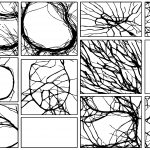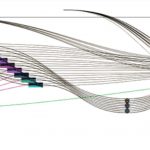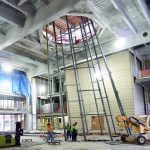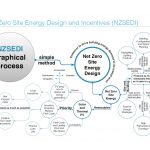
Goals Net Zero Site Energy Design and Incentives (NZSEDI) is a design performance modeling process for achieving net zero site energy projects using photovoltaic and solar thermal water heating systems with financial incentives. The system serves to inspire interest in early net-zero building design for architects. NZSEDI will collect data for renewables in the United States for federal... Read more »

